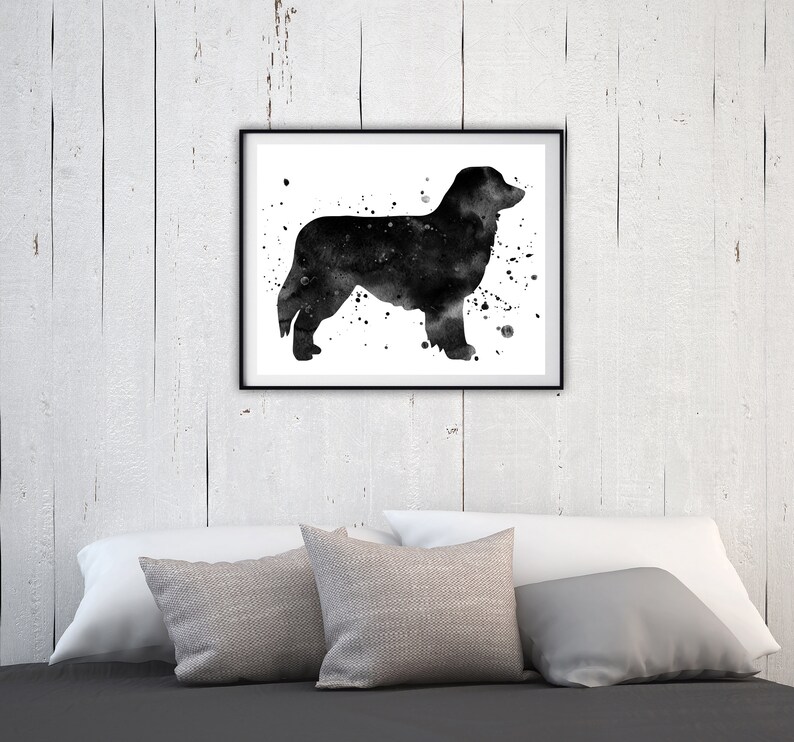

You can find lead-based paints on older buildings and unregulated buildings, and it can even be found in oil-based paints for artists. Lead-based paints seem to be the most dangerous for dogs even though paints containing lead have been banned in the United States since 1978, but this does not apply to all countries. Image Credit: YAKOBCHUK VIACHESLAV, Shutterstock
#Your dog painting skin#
It is important to watch your dog’s behavior afterward to see if they are showing any symptoms of skin irritation or poisoning. You might not always notice right away that paint has gotten onto your dog, however, small amounts are not usually a cause for concern. Paint that has gotten on your dog’s skin may cause some reactions such as redness and itching as the paint dries, which can cause your dog to try and lick the paint off or excessively scratch the area. If your dog has gotten paint on their fur or paws, you should try to wipe as much of it off as possible, and you can bathe them with a cleansing canine shampoo to scrub off the paint before they have a chance to lick it. It will be helpful to take a picture of the paint they ate to your dog’s veterinarian so that they can determine what type of poisonous substances they are dealing with when treating your dog.

Dogs who chew on surfaces that contain paint, or if they have ingested flakes of peeling paint, are still at risk. Your dog’s veterinarian may want to keep them for a few hours or overnight to check for any symptoms of poisoning, especially if your dog has ingested a large amount of paint. If your dog has licked freshly applied paint, the first step you should take is to get them checked out by a veterinarian. Taking your dog to a veterinarian or contacting your local veterinarian hospital’s helpline number for guidance is the first step you should take if your dog has ingested a potentially poisonous substance. Most paints, varnishes, and stains are dangerous to dogs because they contain chemical compounds that can make your dog very sick if ingested.Įven paints that are water-based and safe for pets and children can cause symptoms of poisoning in dogs who have ingested them in large quantities. If your dog has eaten paint, or if you suspect that they have eaten paint, it is important to take them to a veterinarian for treatment and a check-up right away. The information is current and up-to-date in accordance with the latest veterinarian research.


 0 kommentar(er)
0 kommentar(er)
